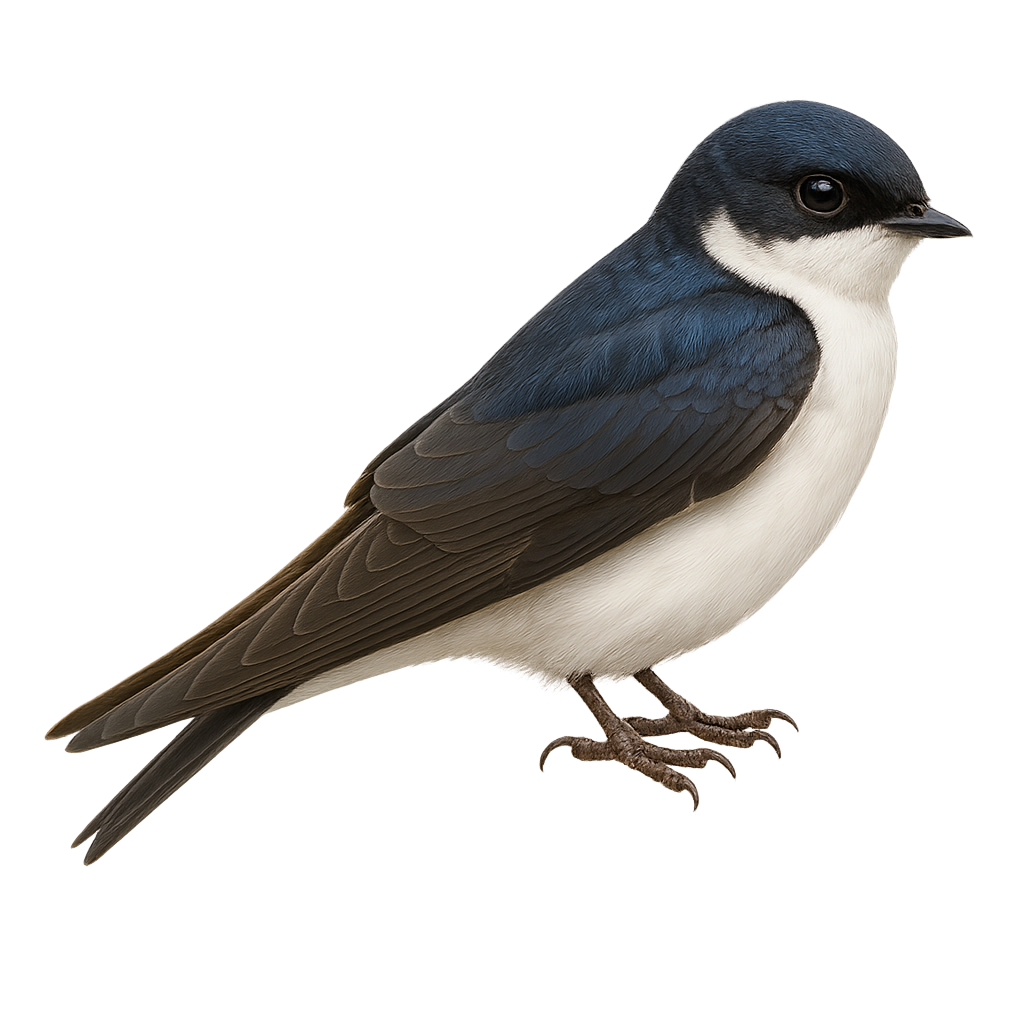Your wildlife photography guide.
Explore the chilean swallow in detail, study its behavior, prepare your shots.
Where to observe and photograph the chilean swallow in the wild
Learn where and when to spot the chilean swallow in the wild, how to identify the species based on distinctive features, and what natural environments it inhabits. The WildlifePhotographer app offers tailored photography tips that reflect the chilean swallow’s behavior, helping you capture better wildlife images. Explore the full species profile for key information including description, habitat, active periods, and approach techniques.
Chilean Swallow
Scientific name: Tachycineta leucopyga

IUCN Status: Least Concern
Family: HIRUNDINIDAE
Group: Birds
Sensitivity to human approach: Not very shy
Minimum approach distance: 10 m
Courtship display: September to November
Incubation: 14-16 jours
Hatchings: October to December
Habitat:
wetlands, grasslands, riverbanks
Activity period :
Primarily active during the day, with peak activity in the morning and late afternoon.
Identification and description:
The Chilean Swallow, Tachycineta leucopyga, is an elegant and agile bird, easily recognizable by its metallic blue back and white belly. It is often seen in flight, catching insects in mid-air. This species is widespread in South America, particularly in open areas near water, such as marshes and rivers. It nests in natural or artificial cavities, and its breeding season coincides with the austral spring. Although generally not very shy, it can become suspicious if it feels threatened. Its ability to adapt to different habitats makes it a resilient species, although habitat degradation could pose a long-term threat.
Recommended lens:
300mm – adjust based on distance, desired framing (portrait or habitat), and approach conditions.
Photography tips:
To photograph the Chilean Swallow, it is advisable to use a telephoto lens of at least 300 mm to capture detailed images without disturbing the bird. Look for open areas near water where these swallows are active, especially during the warmer hours of the day. Be patient and wait for them to briefly perch on a branch or wire. Use a fast shutter speed to freeze their rapid flight and achieve sharp images.
The WildlifePhotographer App is coming soon!
Be the first to explore the best nature spots, track rutting seasons, log your observations, and observe more wildlife.
Already 1 429 wildlife lovers subscribed worldwide

